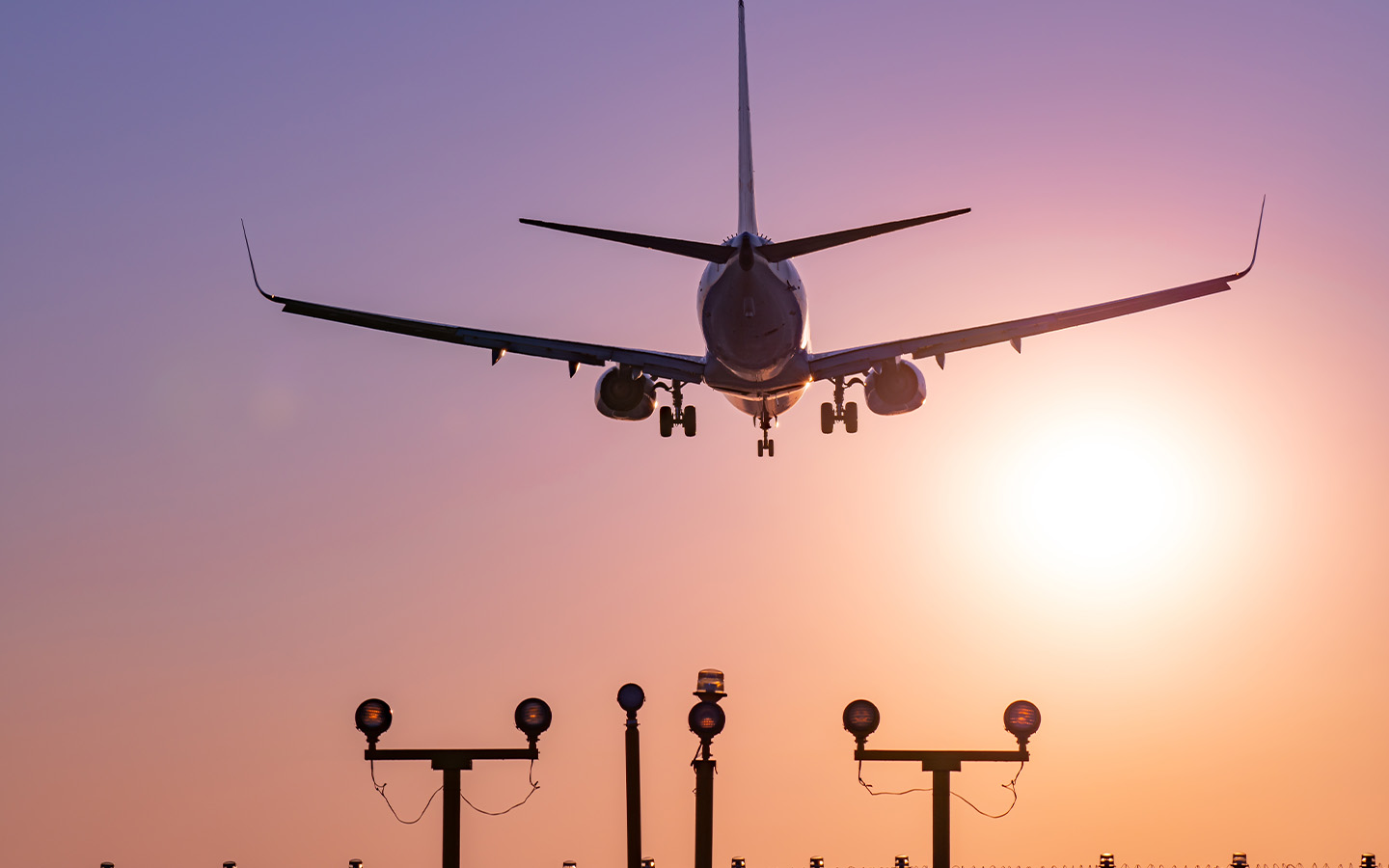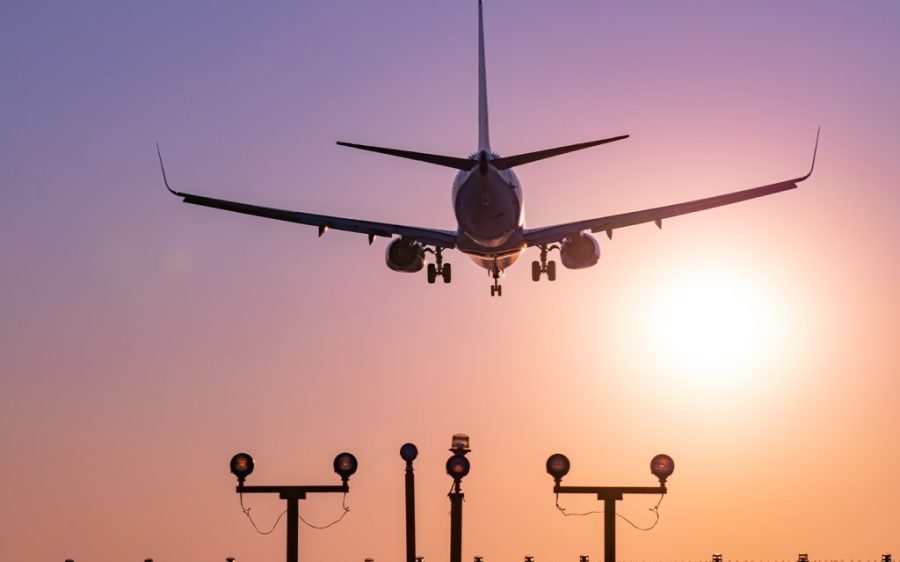The State Council has given the green light for a new international airport to be built in Guangdong, serving cities west of the provincial capital Guangzhou, the South China Morning Post reports.
Dubbed the Pearl River Delta Hub (Guangzhou New) Airport, the facility is expected to be up and running in 2028. Provincial authorities predict the airport will be accommodating 30 million trips annually by 2035, and double that by 2050.
Along with easing congestion at the province’s existing airports, the new facility is being designed to boost Guangdong’s position as an international cargo hub and should be processing 500,000 tonnes of cargo by 2030, with a capacity of 2.2 million tonnes by 2050.
[See more: Passenger numbers at Macao’s airport surge by nearly 50 percent]
To put these figures in perspective, Guangzhou Baiyun International Airport handled 63.17 million passenger trips and processed more than 2 million tonnes of cargo (including mail) in 2023. That same year saw Hong Kong’s international airport handle 40 million passengers and 4.5 million tonnes of cargo, the latter figure earning it the status of the world’s busiest air cargo facility.
Preliminary construction kicked off late last month, at a site in Foshan’s Gaoming district. The project fits into a nationwide five-year plan to develop China’s civil aviation industry.
According to Peng Peng, executive chairman of the Guangdong Society of Reform (a provincial think tank), the Pearl River Delta Hub Airport will come as a relief to Guangdong’s 127 million-strong population. He told the Post that while new high-speed railways were easing some of the pressures facing existing flight hubs, “there’s definitely more room for the development of airports.”






